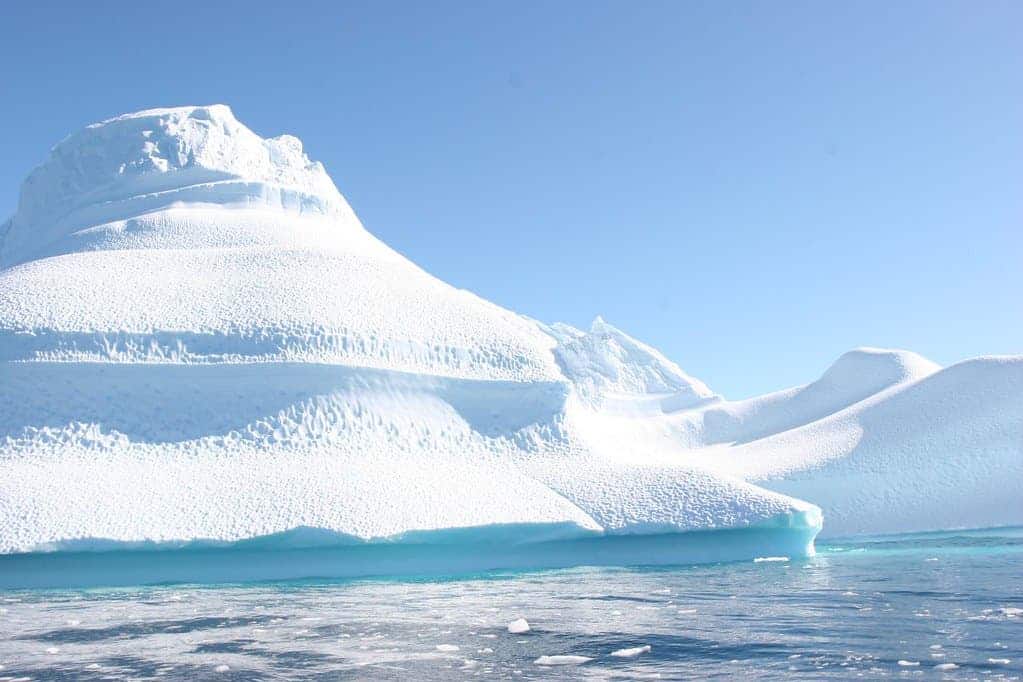More than 30,000 tremors have occurred since the end of August in the Antarctic peninsula, according to a report from the National Seismological Center of Chile. The researchers linked them to the movement of tectonic plates but said the number was unusual and could in fact even be larger.

The tremors were detected in the Bransfield Strait, a 60-mile wide (96-km) ocean channel between the South Shetland Islands and the Antarctic Peninsula. The ranged greatly in intensity (from 0.9 to 5.6), with one earthquake even reaching a magnitude of on November 6th, the researchers said. The earthquake intensity scale is logarithmic — so a magnitude 5 earthquake is 10 times stronger than a magnitude 4 earthquake.
Tectonic plates and microplates meet near the strait and this can normally lead to tremors. But activity in the past three months has been truly unusual. The tremors registered were the most conspicuous or detectable ones, so the Chilean researchers anticipate the number could grow after studying them more.
The tremors were first registered in late August, with a 4.9 magnitude tremor on the 29th and another with a 5.4 magnitude the following day. They peaked in September with an average of 1,000 per day and started to reduce in number and intensity in November, with only 100 localized tremors registered back then.
They were so frequent that the strait, which usually increases in width at a rate of about seven to eight millimeters a year, is now expanding 15 centimeters a year. This suggests that the Shetland Islands are separating faster from the Antarctic peninsula, Sergio Barrientos, one of the researchers, told Reuters
Barrientos and his colleagues related the phenomenon to the characteristics of the tectonic plates near the Antarctic Peninsula. “It’s a complex area since there are various processes of convergence, divergence, and lateral sliding of plate segments in a relatively small area,” they wrote in a statement.
Inusual actividad sísmica en la Península Antártica: Más de 30.000 sismos se registraron en el Estrecho de Bransfield en solo 3 meses. Revisa la nota en la web de contenido del CSN: https://t.co/S26sMo4IyD pic.twitter.com/MFzcOn5aOO
— CSN _ Sismología UCh (@Sismos_UCHILE) December 15, 2020
Antarctica is witnessing some of the most rapid warming on Earth. In the last 50 years, it has warmed almost 3ºC (5.4 Fahrenheit), much higher than the global average of 0.9ºC (1.6 Fahrenheit). This has led to visible effects, including snow turning red, reduced penguin populations, and ice retreat.
Two studies published earlier this year raised further concern regarding what’s happening in the region. Scientists found the first active leak of methane gas from the Antarctic seafloor, a process likely to accelerate climate change, and also learned that the ice sheet is less stable than previously thought. However, it’s unclear exactly how the earthquakes play into the situation.
Climate scientist Raul Cordero of the University of Santiago told Reuters that it was not yet clear how the larger number of tremors might be affecting the region’s ice, already diminishing because of climate change. “There’s no evidence that this kind of seismic activity has significant effects on the stability of polar ice caps,” Cordero said.









